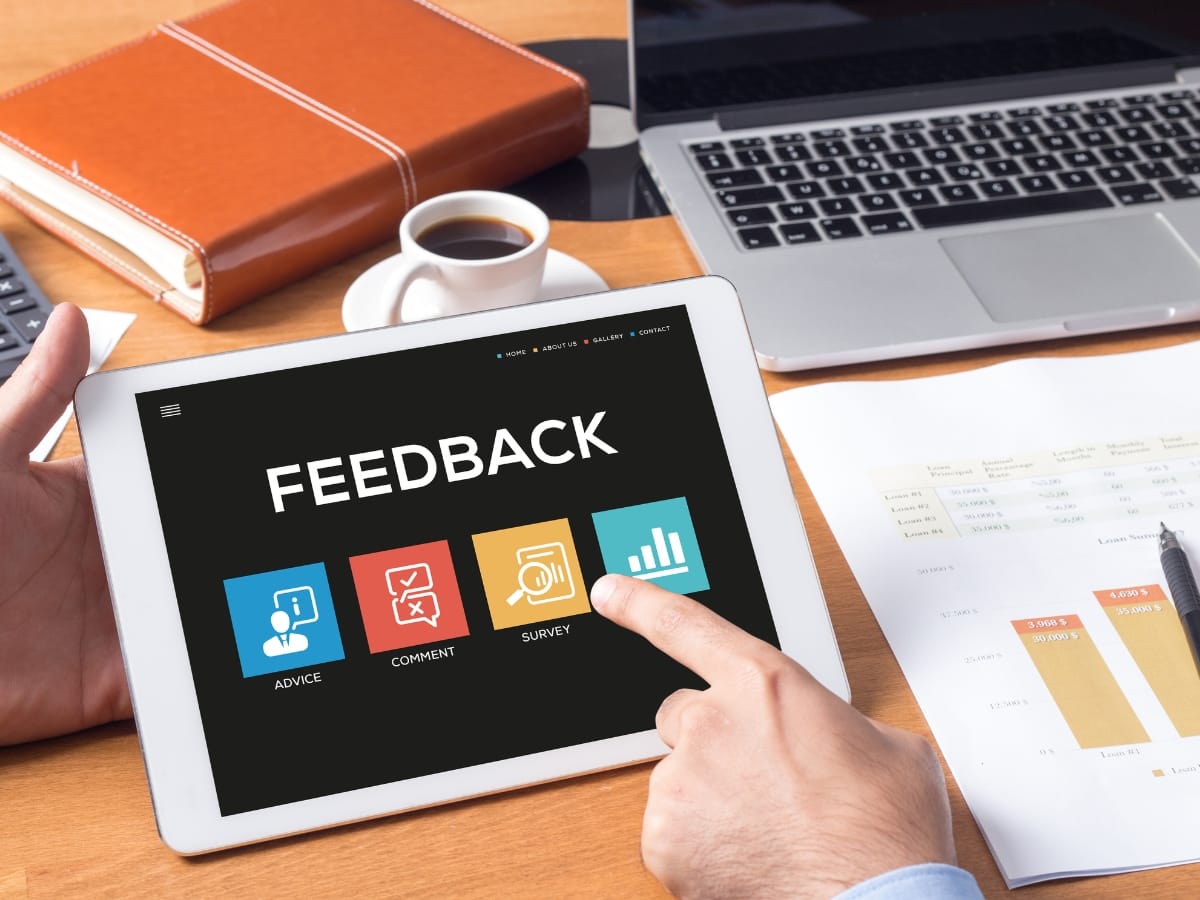In the fast-paced world of sales, maximizing efficiency is key to staying competitive and achieving growth. Sales process automation offers a game-changing solution by streamlining repetitive tasks, reducing manual errors, and freeing up valuable time for your team to focus on closing deals and building relationships.
By automating key aspects of the sales process—such as lead management, follow-ups, and reporting—you can enhance productivity, improve accuracy, and ensure that every opportunity is fully leveraged. In this guide, we’ll explore how business automation can help you maximize efficiency, drive better results, and take your sales performance to the next level.
Saving Time, Closing Deals: How Does Process Automation Drive Sales Success?
Understanding the Basics of Sales Process Automation

Sales Process Automation (SPA) fundamentally transforms how sales teams operate by leveraging technology to handle repetitive tasks, allowing sales professionals to dedicate more time to relationship-building and deal closure.
The essence of SPA lies in its ability to standardize and streamline each stage of the sales process, ensuring that tasks such as lead generation, follow-ups, and data entry are performed consistently and efficiently.
One of the critical benefits of sales workflow automation is the elimination of manual data entry, which significantly reduces the likelihood of human error. By automating data collection and entry, companies can maintain accurate and up-to-date records without the tedious, time-consuming processes that often lead to mistakes.
Additionally, automation ensures that critical follow-ups and communications are not missed, thereby improving lead nurturing and increasing the chances of closing deals.
Understanding your sales process is vital to effectively automate the sales process. A typical sales process includes stages such as lead generation, qualification, nurturing, proposal, and closing.
By mapping out these stages and identifying repetitive tasks within each, businesses can strategically apply online sales automation to handle these activities. For instance, automated email campaigns can nurture leads with personalized content, while CRM integrations can automatically update customer data as they move through the sales funnel.
Identifying Repetitive Tasks for Automation

The first step in implementing automated selling systems is by identifying repetitive tasks that can be streamlined. These tasks typically include data entry, email communication, appointment scheduling, and updating customer information—activities that consume significant time but are essential for maintaining smooth operations.
By automating these tasks, you can automate your sales and unlock substantial efficiencies within your sales team. For example, automated data entry tools can accurately input and update customer information in your CRM system without the need for manual intervention. This not only reduces errors but also ensures that your database remains current, allowing for more effective decision-making.
Automated email communication, such as sending follow-ups or reminders, can be customized and triggered based on specific actions taken by a prospect. This personalized approach helps in maintaining consistent engagement with leads without the need for constant manual oversight.
Appointment scheduling can also be automated using sales automation software that integrate with your calendar and CRM. These tools allow prospects to book meetings based on availability, eliminating the back-and-forth often involved in scheduling. This automation ensures that your sales team spends less time on administrative tasks and more time on high-impact activities like nurturing leads and closing deals.
Additionally, automating the updating of customer information ensures that sales representatives are always working with the most accurate data, which is crucial for tailoring pitches and communications to individual prospects.
Selecting the Right Automation Tools for Your Sales Team

Choosing the right automation tools is a critical step in enhancing the efficiency and productivity of your sales team. With a wide array of automation software available, making the right choice requires a thorough understanding of your team’s specific needs and how these tools will integrate into your existing processes.
Key Considerations:
- Ease of Use: The tool should be user-friendly, with an intuitive interface that minimizes the learning curve. If a tool is too complex, it may lead to frustration and underutilization by your sales team.
- Scalability: As your business grows, your automation tools should be able to scale with it. Choose a solution that can handle an increasing volume of leads, sales data, and team members without compromising on performance.
- Integration Capabilities: It’s essential that the automation tool integrates seamlessly with your existing Customer Relationship Management (CRM) software and other sales tools. This ensures that data flows smoothly across systems, providing your sales team with a unified view of customer interactions and sales pipelines.
- Customization and Flexibility: The best automation tools allow for customization to fit your unique sales processes. This could include customizing workflows, templates, and reporting features to match your business’s specific needs.
- Reporting and Analytics: Robust reporting and analytics features are crucial for tracking the effectiveness of your sales strategies. The tool should offer customizable dashboards and detailed reports that provide insights into key performance indicators (KPIs), enabling informed decision-making.
- Customer Support: Reliable customer support is invaluable, especially during the initial setup and integration phase. Choose a provider that offers comprehensive support options, including live chat, phone support, and extensive online resources.
- Cost vs. Value: Finally, consider the cost of the tool relative to the value it provides. While it might be tempting to choose the cheapest option, investing in a higher-quality tool that offers better features and support can result in greater long-term benefits for your sales team.
Once you’ve selected the right tool, focus on its implementation and the training of your sales team. Ensure that everyone understands how to use the tool effectively and how it fits into the overall sales process. Regularly review the tool’s performance and solicit feedback from your team to identify areas for improvement.
Streamlining Lead Management with Automation

To improve lead management, incorporating automation can greatly enhance efficiency and ensure no potential customers slip through the cracks. Automation can streamline the way leads are captured and handled, allowing your sales team to focus on converting those leads into customers.
Start by automating the capture of leads from various sources, such as website forms, social media, or email campaigns, and then directly input them into your CRM system. This step alone saves your team from the tedious task of manual entry and reduces the likelihood of human error.
Once the leads are in your system, marketing automation can handle the nurturing process by setting up workflows that send personalized emails or targeted marketing campaigns based on the prospect’s behavior or interests.
For example, a lead who has shown interest by downloading an eBook might be automatically enrolled in an email sequence designed to provide them with more information on the topic. This approach keeps your leads engaged without requiring constant manual input from your team.
Moreover, automated sales processes and tools often come with lead scoring features that rank prospects based on their interactions with your brand, helping your sales team prioritize who to follow up with first. This ensures that the most promising leads get the attention they need while keeping your sales process organized and efficient.
Enhancing Customer Relationship Management through Automation

Enhancing customer relationship management (CRM) through automation can significantly improve how businesses engage with their customers. By automating routine tasks, such as sending personalized follow-up emails or scheduling regular check-ins, businesses can ensure that each customer interaction is meaningful and timely, fostering a sense of value and connection.
Beyond these basics, automation in CRM allows for a more nuanced understanding of customer behavior. For instance, the sales automation process and tools can track a customer’s interactions across multiple touchpoints—whether it’s their browsing history on your website, previous purchases, or responses to email campaigns.
This data can then be analyzed to segment customers based on their preferences, buying patterns, or engagement levels. With this information, you can deliver highly targeted communications that resonate with individual customers, offering them products, services, or content that is most relevant to their needs.
Moreover, sales automation tools can assist in anticipating customer needs and providing proactive support. For example, if a customer frequently purchases a particular product, an automated system can prompt a timely reminder when it’s time to reorder or offer a related product that complements their previous purchase. This level of personalization not only improves the customer experience but also drives customer loyalty and repeat business.
Automation also plays a crucial role in streamlining CRM processes internally. It reduces the manual workload on your sales and support teams by automating data entry, customer segmentation, and even reporting. This efficiency allows your team to focus on building stronger relationships with customers, rather than getting bogged down by administrative tasks.
Automating Follow-Up Processes for Improved Conversion Rates

Automating follow-up processes can be a game-changer for improving conversion rates. By setting up automated reminders, you ensure that leads aren’t forgotten, helping your sales team stay on top of follow-ups without the hassle of manual tracking. This not only saves time but also reduces the chance of human error, like missing a crucial follow-up.
Beyond just reminders, sales proposal automation software lets you personalize the follow-up experience. Imagine a prospect checking out a specific product on your site—automation tools can trigger a tailored email sequence that provides them with more details or a special offer related to that product. This targeted approach makes your follow-ups feel more relevant and engaging, which can lead to higher conversion rates.
Another advantage is the ability to segment your leads based on their behavior. For instance, a prospect who has downloaded a whitepaper might be at a different stage in the buying process compared to someone who just visited your homepage. Automation allows you to customize the follow-up process for each segment, ensuring that your communication is aligned with where they are in their decision-making journey.
Ultimately, by automating follow-ups, you’re not just keeping the process efficient—you’re also creating a more personalized experience for your prospects, which can significantly improve your chances of turning leads into customers. Plus, it frees up your sales team to focus on what they do best: building relationships and closing deals.
Leveraging Data Analytics for Informed Decision Making

Leveraging data analytics for informed decision-making is a strategic approach that can significantly enhance your sales performance. By harnessing the power of automated data collection and analysis, businesses can gain a nuanced understanding of their sales funnel and overall operations, allowing them to make more informed and effective decisions.
Automation streamlines the process of gathering and analyzing key sales metrics, such as conversion rates, average deal size, and the length of sales cycles, for effective sales pipeline management. These metrics provide a detailed view of your sales pipeline, highlighting where potential bottlenecks may be occurring. For instance, if your data shows a consistent drop-off at a particular stage of the sales process, it may indicate a need for better training, improved resources, or changes in strategy at that stage.
Moreover, data analytics can help in segmenting your customer base, allowing you to tailor your sales strategies to different customer segments. By understanding the specific needs and behaviors of each segment, you can create more personalized marketing campaigns, offer targeted promotions, and improve customer engagement, all of which can lead to higher conversion rates and greater customer satisfaction.
In addition, predictive analytics—an advanced form of data analytics—can forecast future sales trends based on historical data. This can help you allocate resources more efficiently, plan more effectively for seasonal fluctuations, and set more realistic sales targets. By leveraging these insights, businesses can not only improve their current performance but also position themselves for long-term success in a competitive market.
Integrating Online Sales Automation with Existing Sales Workflows and Strategies

Integrating automation with existing sales strategies is more than just implementing new tools; it’s about creating a cohesive system where automation enhances your current processes rather than disrupting them. To achieve this, it’s essential to ensure that the automation tools you choose align with your overarching sales goals and objectives.
The first step in this integration is a thorough assessment of your current sales strategies. Identify the areas where automation can add the most value, whether it’s in lead generation, follow-ups, or data analysis. This targeted approach helps in selecting the right automation tools that fit seamlessly into your workflow.
Collaboration between your sales team and automation experts is crucial during this phase. Involving your team in the selection and implementation process fosters a sense of ownership and eases the transition. It’s important that your sales team understands how automation will benefit their daily tasks, making their work more efficient rather than replacing their roles.
Proper training is another critical component. By providing your team with comprehensive training on how to use the new tools, you empower them to maximize the potential of automation. This training should not only cover the technical aspects but also how the tools align with and support existing sales strategies.
Moreover, regular feedback sessions post-implementation can help in fine-tuning the automation processes. Your team’s input can reveal areas where the integration is working well or where adjustments are needed, ensuring that the automation is not only effective but also adaptable to evolving sales strategies.
Conclusion: Empowering Your Team with an Automated Sales Process
Maximizing efficiency with sales process automation is essential for driving growth and streamlining your operations. By harnessing the power of automation tools and techniques discussed, you can take your sales game to the next level and achieve sustainable growth for your business.
To implement the right sales automation tools and optimize your sales process, choose Newman Web Solutions. Our experienced team is ready to help you transform your sales strategy for maximum efficiency and success with automation tools. Contact us at (404) 301-9189 or book a free marketing strategy session to get started. Let Newman Web Solutions be your partner in achieving streamlined sales and sustained growth.





